After our nice drive across the steppe from Astana we arrived at the location where we would eat lunch: the not-yet-opened Korgalzhyn State Nature Reserve Visitor Center where we got a sneak preview tour to see what future visitors would see when visiting this amazing ecosystem. The center wasn’t scheduled to open for a couple of days so there was still work being done on some of the exhibits and we had to walk around sawhorses and construction debris but it is clear that it is a labor of love and will be a big success in sharing information about the nature reserve and hopefully help instill a conservation consciousness in the folks who visit. Not only that, but the center, which is actually located in the village closest to the reserve, provided local jobs in the construction of the center and will, of course, be staffed by other folks from the area. There is much to be said about the benefits of employment generated by nature education and ecotourism.
The building itself has a handsome edifice, and the mural on the front is beautiful. Just as beautiful is the mural on the right side of the building, of which a small portion can be seen on the right side of the above photograph and another section can be seen below.
Of course, there was more than just the mural and the building on the lot. There was a playground for the kids and a meandering pond that I assume will eventually hold fish. There was also a ton of informational signage (always important at a nature center) that was actually helpful and useful. It was impressive to see so much information available, especially when one considers that everything was posted in three languages (Russian, Kazakhi, and English).
And that is just what was on the outside of the facility! Inside was even better, with a whole bunch of nature dioramas like the ones at the American Museum of Natural History, but all of these were focused on the wetlands in the nature reserve. We learned that the Korgalzhyn State Nature Reserve included both salt and freshwater ponds and lakes as well as the expected steppe ecosystems. A large circular model of the nature reserve served as a starting point for visitors to get oriented and it was a nice scene to see our group getting the orientation lecture (I skipped ahead but still listened to what was being said).
The dioramas, while not up to the same level as at the AMNH, were still well-made and gave a good idea of the variety of plants and animals one might expect to encounter in a visit to the reserve. I was especially enamoured of the two Ruff below that were not yet placed into their diorama.
And, of course, no nature reserve is complete without some kind of ranger or warden. Fortunately (?) for the Korgalzhyn State Nature Reserve, Dale volunteered to sign up. Hopefully, he will make it through what I understand is a very rigorous training process.
The nature center seems like it is up to the task of hosting a horde of visitors to the Korgalzhyn State Nature Reserve. I think it will educate and entertain those coming to visit as it is meant to do. And, hopefully, it will inspire the children who go there to learn about their own natural heritage to take an interest in the flora and fauna of their country and strive to protect it. If Dale can be inspired to sign up for game warden duty certainly the nature center can help convince children and adults to want to save the plants and animals of Kazakhstan!
________________________________________________________________________________________________
My trip to Kazakhstan was made possible by the wonderful folks at Swarovski Optik who sponsored the trip 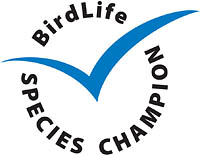 not only to draw attention to their marvelous optics but to the fact that Swarovski Optik is, with the RSPB, the Species Champion for the Sociable Lapwing, a critically endangered species that breeds almost entirely in Kazakhstan. We here at 10,000 Birds, the only blog designated a Species Champion by BirdLife International, salute Swarovski Optik‘s commitment to conservation.
not only to draw attention to their marvelous optics but to the fact that Swarovski Optik is, with the RSPB, the Species Champion for the Sociable Lapwing, a critically endangered species that breeds almost entirely in Kazakhstan. We here at 10,000 Birds, the only blog designated a Species Champion by BirdLife International, salute Swarovski Optik‘s commitment to conservation.
To learn more about 10,000 Birds’ commitment to conservation through BirdLife International’s Species Champion program and what it means to us at 10,000 Birds (or to donate to the program through 10,000 Birds) just click on the nice Species Champion logo to the right.


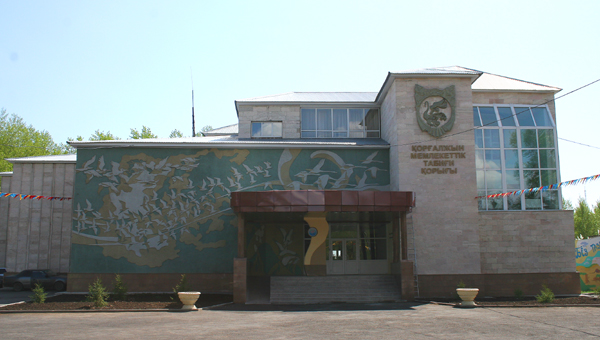

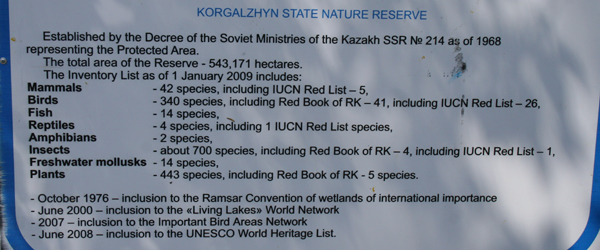
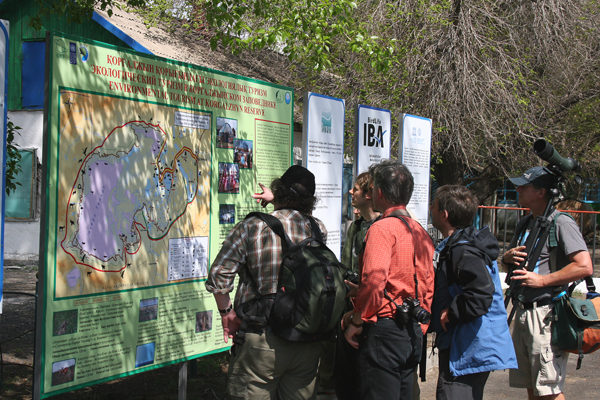
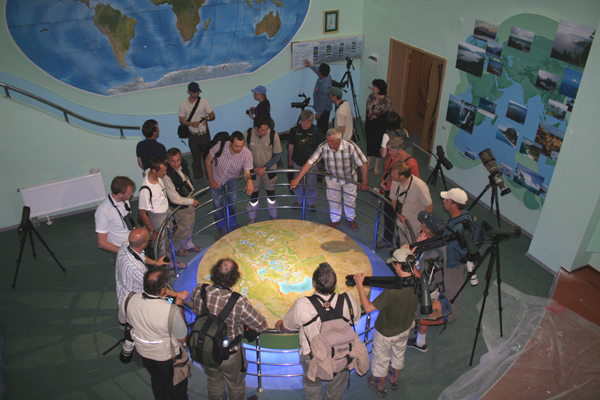
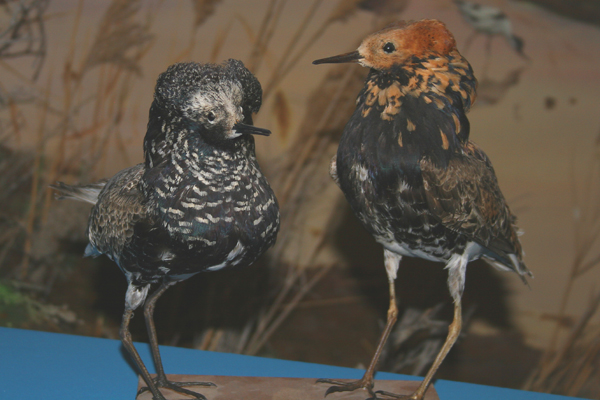

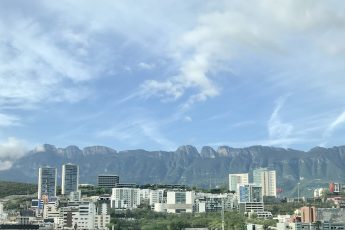
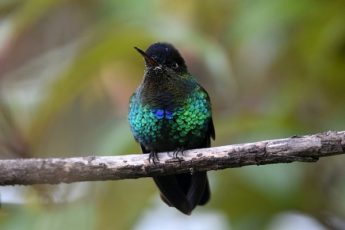
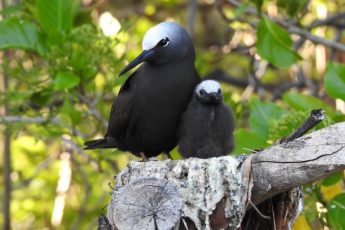

 New writers welcome – please contact us for details.
New writers welcome – please contact us for details.

















Great post. That list of what occurs on the reserve is incredible: I wonder what biodiversity has yet to be found in an area that size and with that many different habitats…these wardens, can they bring their families with them because I could do with a major lifestyle change…